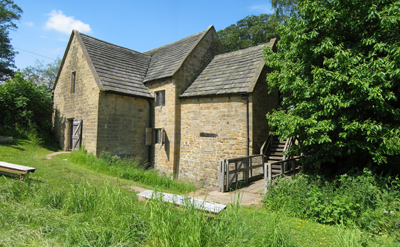Millstone images 7 - Mills Home Millstone page
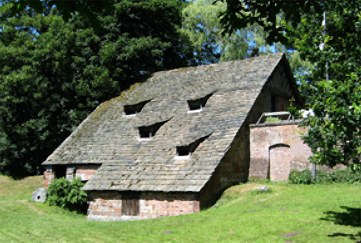 |
|
Stainsby Mill, part of the Hardwick Estate, has a history running back to the 13th century. It was completely re-built in 1850 and continued in use until 1952. A 17 foot wheel is powered by a stream running from left to right of the camera.
|
|
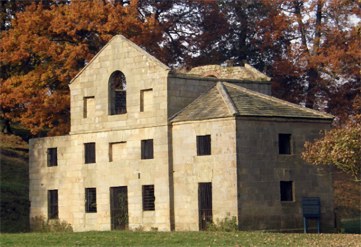 |
Chatsworth Mill fell out of use in 1950 - it is easy to find the line of the leat that powered the water wheel from the weir further upstream. It was built in 1759-60 to replace an earlier mill, further north and was intended to emphasise the wealth, taste and sophistication of the Duke - part of the landscape to be viewed from the House . Only a shell remains - the roof caved in when a tree fell on it in 1962.
|
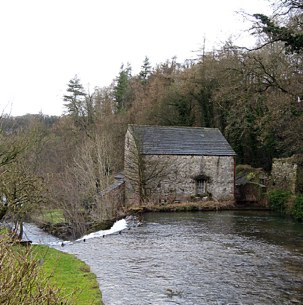 |
Alport Mill - the location in the film of D.H. Lawrence's "The Virgin & The Gypsy". Domesday recorded a mill here, or nearby, in 1086, valued at 5 shillings & 4 pence. These buildings, sited on a natural waterfall, were used as a mill for animal feed until the 1950's and is now a trout hatchery. There are plans to use the site for local electricity generation. No public access, most of the mill is hidden from view.
|
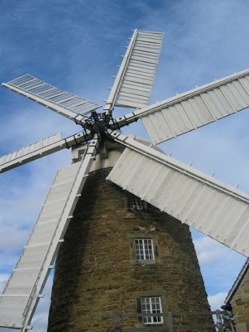 |
Heage Mill - an authentic working windmill using traditional methods. Originally built in the 1790's, it was wrecked by a storm in 1894, re-built but damaged in a gale again in 1919 when milling ceased. The mill then slowly deteriorated over the next half century until a planning application to turn it into a house was made in 1966. This prompted a preservation order on the remains and Derbyshire County Council made various attempts at reconstruction. Since 1997 the Heage Windmill Society has raised around £400,000 from the Lottery and other sources to replace the sails, cap and fantail in a traditional style and open a small shop. Open in weekends & Bank Holidays in summer.
|
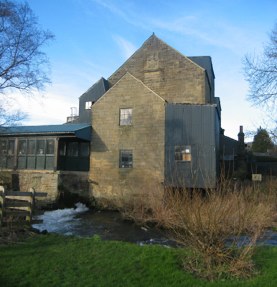 |
Caudwell's Mill, Rowsley - a working roller mill. The river turns a turbine that generates electricity and the rollers. It is of particular interest because although it is close to many gritstone quarries, there were "French" stones amongst the 11 in use when it was a traditional mill. The advantages of roller milling are neatly illustrated by the history of this mill: rebuilt in 1874, traditional millstones were abandoned following a demonstration of roller milling in London in 1885 that had a profound impact on the milling industry throughout Britain. Rollers were generally driven by steam, but at Caudwells Mill electricity was generated by a water turbine installed in 1914. The mill is primarily a tourist attraction today, but the turbine still generates electricity.
|
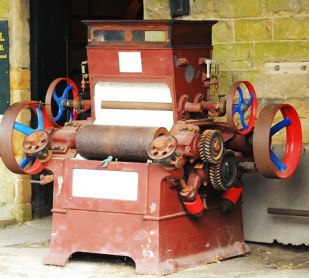 |
The end of millstones - a roller mill at Caudwells Mill, Rowsley. Flour production was revolutionised in the 1880's by the introduction of rollers made from the hardened ('chilled') iron or mass produced steels that had become available after 1860. The roller concept originated in Austria in the 1840's and was widely used in central europe before being recognised as a superior system in the UK. Rollers replaced millstones in Caudwell's Mill in 1885.
|
Copyright @ 2006 Stephen N.Wood. All rights reserved.
